Secretarial
Friday, March 17, 2017
Sunday, February 12, 2017
Secretarial - Basic
Click each topic below to be redirected to details.
I. Secretary - Definition, Origin of the Word, Types, Categories
I. Secretary - Definition, Origin of the Word, Types, Categories
Minutes of the Meeting
1. PRE-PLANNING
A well-planned meeting helps ensure effective meeting
minutes. If the Chair and the Secretary
or minutes-taker work together to ensure the agenda and meeting are well
thought out, it makes minute taking much easier.
Meeting agenda = outline:
At the very least, it’s important to get a copy of the
meeting agenda and use it as a guide or outline for taking notes and preparing
the minutes – with the order and numbering of items on the minutes matching
those of the agenda. In addition, the agenda and/or meeting notice also
provides information that will need to be included in the minutes, such as:
• the names
of all the meeting attendees, including guests or speakers
• documents
that are sent out with the agenda or handed out in the meeting – copies
(digital or hard copy) of handouts
should be stored with the meeting minutes for future reference and for sharing
with those who were unable to attend the meeting (and others as determined by
the meeting’s Chair).
2. RECORD TAKING - AT THE MEETING
Before you start taking notes, it’s important to understand the type of
information you need to record at the meeting. As noted earlier, your
organization may have required content and a specific format that you’ll need
to follow, but generally, meeting minutes usually include the following:
• Date and time of the
meeting
• Names of the meeting
participants and those unable to attend (e.g., “regrets”)
• Acceptance or
corrections/amendments to previous meeting minutes
• Decisions made about
each agenda item, for example:
• Actions taken or
agreed to be taken
• Next steps
• Voting outcomes –
e.g., (if necessary, details regarding who made motions; who seconded and approved or via
show of hands, etc.)
• Motions taken or
rejected
• Items to be held
over
• New business
• Next meeting date
and time
Tips that might help your note
taking:
- Create an outline – as discussed earlier, having an outline (or template) based on the agenda makes it easy for you to simply jot down notes, decisions, etc. under each item as you go along. If you are taking notes by hand, consider including space below each item on your outline for your hand-written notes, then print these out and use this to capture minutes.
- Check-off attendees as they enter the room - if you know the meeting attendees, you can check them off as they arrive, if not have folks introduce themselves at the start of the meeting or circulate an attendance list they can check-off themselves.
- Record decisions or notes on action items in your outline as soon as they occur to be sure they are recorded accurately.
- Ask for clarification if necessary – for example, if the group moves on without making a decision or an obvious conclusion, ask for clarification of the decision and/or next steps involved.
- Don’t try to capture it all – you can’t keep up if you try to write down the conversation verbatim, so be sure to simply (and clearly) write (or type) just the decisions, assignments, action steps, etc.
- Record it – literally, if you are concerned about being able to keep up with note taking, consider recording the meeting (e.g., on your smart phone, iPad, recording device, etc.) but be sure to let participants know they are being recording. While you don’t want to use the recording to create a word-for-word transcript of the meeting, the recording can come in handy if you need clarification.
3. THE MINUTES WRITING PROCESS
Once the meeting is over, it’s time to pull together your notes and
write the minutes. Here are some tips that might help:
- Try to write the minutes as soon after the meeting as possible while everything is fresh in your mind.
- Review your outline and if necessary, add additional notes or clarify points raised. Also check to ensure all decisions, actions and motions are clearly noted.
- Check for sufficient detail: For Board of Director’s minutes, an Association Trends article (by lawyers Jefferson C. Glassie and Dorothy Deng) suggests the following for Board minutes: include a short statement of each action taken by the board and a brief explanation of the rationale for the decision, when there is extensive deliberation before passing a motion, summarize the major arguments
- Edit to ensure brevity and clarity, so the minutes are easy to read
- Be objective.
- Write in the same tense throughout
- Avoid using people’s names except for motions or seconds. This is a business document, not about who said what.
- Avoid inflammatory or personal observations. The fewer adjectives or adverbs you use, the better.
- If you need to refer to other documents, attach them in an appendix or indicate where they may be found. Don’t rewrite their intent or try to summarize them.
4.
DISTRIBUTING OR SHARING OF MEETING MINUTES
As the official “minutes-taker” or Secretary, your role may include
dissemination of the minutes. However, before you share these, be sure that the
Chair has reviewed and either revised and/or approved the minutes for
circulation.
Online sharing
The method of
sharing or distribution will depend on the tools that you and your organization
use. Since minutes and other
documentation can create a pile of paper, it’s great if you can use a paperless sharing process. For example,
if you are using a word processing tool (e.g., Microsoft Word) that doesn’t offer online sharing,
you might want to create a PDF of the document and send this and the other attachments or meeting
documentation via email. Alternately, if you are all using Google docs – for meeting invitations, agenda
and additional document sharing – you can
simply “share” the document with that group once it has been finalized.
Committee or Board members
can simply read the documents online and save a few trees!
5.
FILING/STORAGE OF MEETING MINUTES
Most committees and Boards review and either approve or amend the
minutes at the beginning of the subsequent meeting. Once you’ve made any
required revisions, the minutes will then need to be stored for future
reference. Some organizations may store
these online (e.g., in Google docs or SkyDrive) and also back these up on an
external hard drive. You may also need
to print and store hard copies as well or provide these to a staff member or
Chair for filing.
Source: http://www.wildapricot.com/articles/how-to-write-effective-meeting-minutes
Source: http://www.wildapricot.com/articles/how-to-write-effective-meeting-minutes
Tuesday, November 1, 2016
Monday, October 24, 2016
Secretarial - 10 Types of Business Letters
Sales Letters
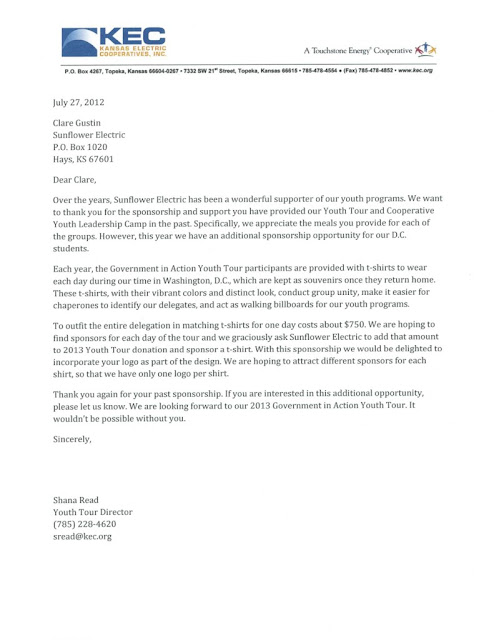 Order Letters
Order Letters
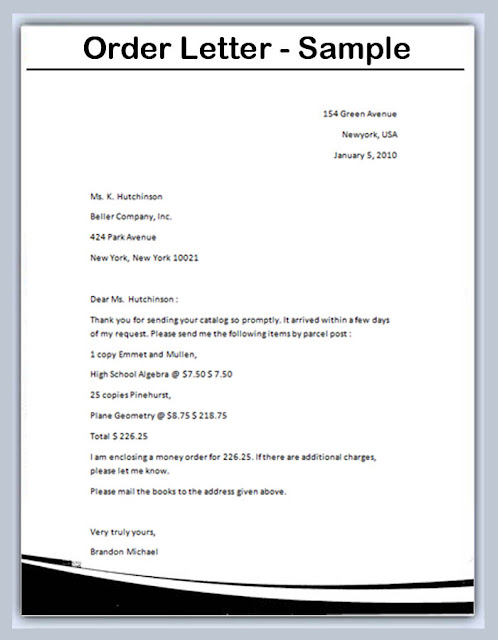
Complaint Letters
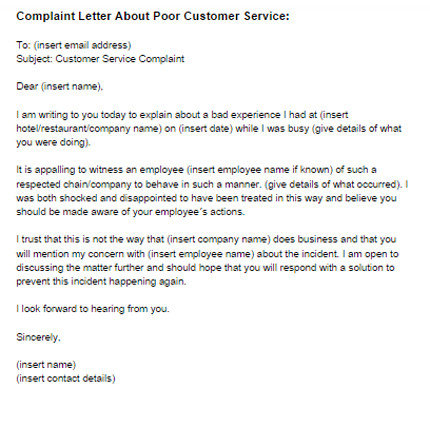
Adjustment Letters
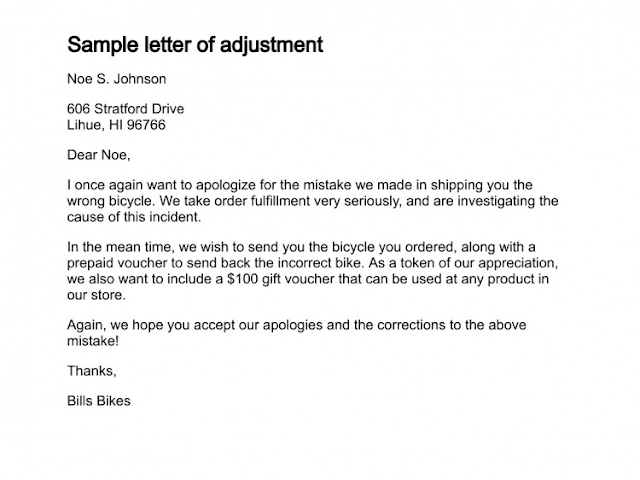

Follow-Up Letter
Follow-up letters are usually sent after some type of initial communication. This could be a sales department thanking a customer for an order, a businessman reviewing the outcome of a meeting or a job seeker inquiring about the status of his application. In many cases, these letters are a combination thank-you note and sales letter.
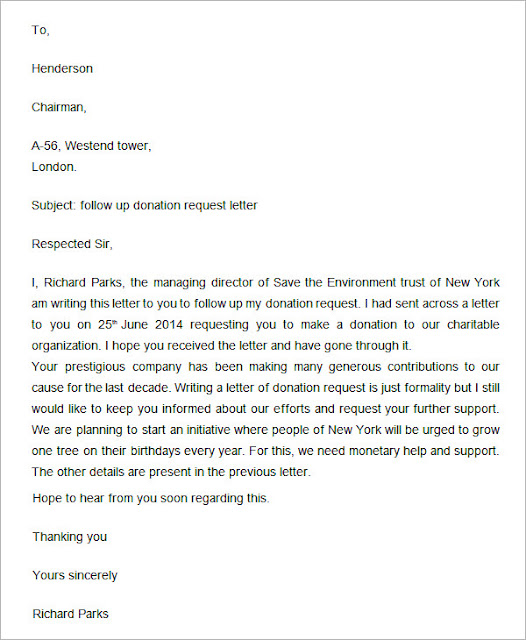
Letters of Recommendation
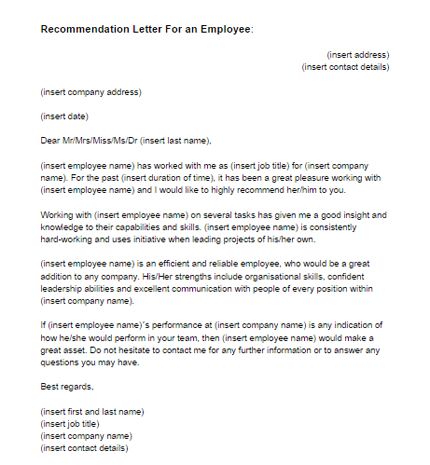
Acknowledgment Letters
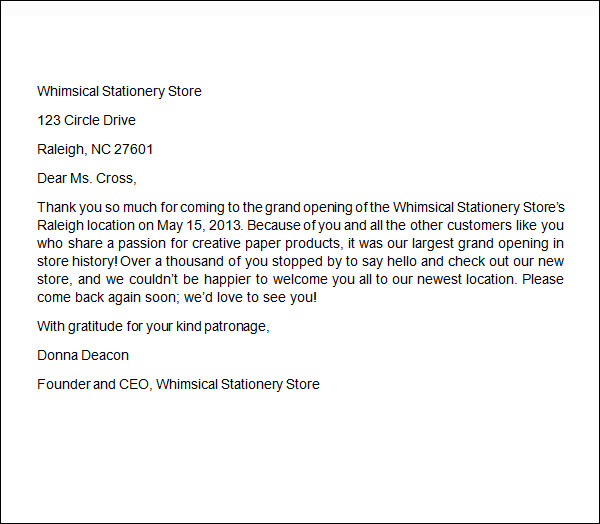
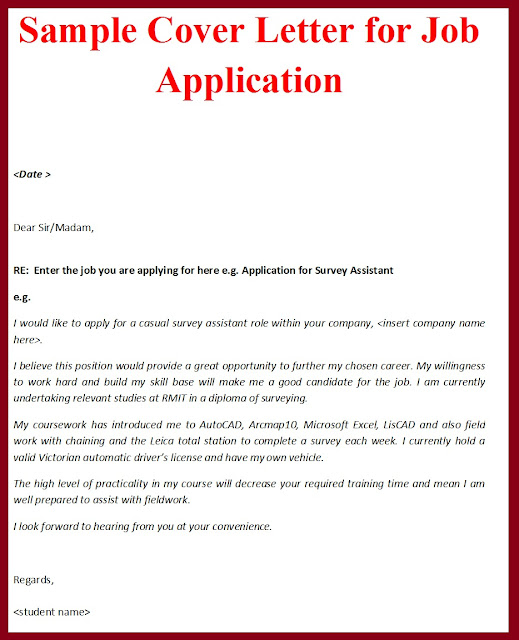
Letters of Resignation

Typical sales letters start off with a very strong statement to capture the interest of the reader. Since the purpose is to get the reader to do something, these letters include strong calls to action, detail the benefit to the reader of taking the action and include information to help the reader to act, such as including a telephone number or website link.

Order letters are sent by consumers or businesses to a manufacturer, retailer or wholesaler to order goods or services. These letters must contain specific information such as model number, name of the product, the quantity desired and expected price. Payment is sometimes included with the letter.

Complaint Letters
The words and tone you choose to use in a letter complaining to a business may be the deciding factor on whether your complaint is satisfied. Be direct but tactful and always use a professional tone if you want the company to listen to you.

An adjustment letter is normally sent in response to a claim or complaint. If the adjustment is in the customer’s favor, begin the letter with that news. If not, keep your tone factual and let the customer know that you understand the complaint.

Inquiry Letters
Inquiry letters ask a question or elicit information from the recipient. When composing this type of letter, keep it clear and succinct and list exactly what information you need. Be sure to include your contact information so that it is easy for the reader to respond.

Follow-Up Letter
Follow-up letters are usually sent after some type of initial communication. This could be a sales department thanking a customer for an order, a businessman reviewing the outcome of a meeting or a job seeker inquiring about the status of his application. In many cases, these letters are a combination thank-you note and sales letter.

Letters of Recommendation
Prospective employers often ask job applicants for letters of recommendation before they hire them. This type of letter is usually from a previous employer or professor, and it describes the sender’s relationship with and opinion of the job seeker.

Acknowledgment Letters
Acknowledgment letters act as simple receipts. Businesses send them to let others know that they have received a prior communication, but action may or may not have taken place.

Cover Letter
Cover letters usually accompany a package, report or other merchandise. They are used to describe what is enclosed, why it is being sent and what the recipient should do with it, if there is any action that needs to be taken. These types of letters are generally very short and succinct.

Letters of Resignation
When an employee plans to leave his job, a letter of resignation is usually sent to his immediate manager giving him notice and letting him know when the last day of employment will be. In many cases, the employee also will detail his reason for leaving the company.

Secretarial - Organizational Chart
Subscribe to:
Posts (Atom)

























